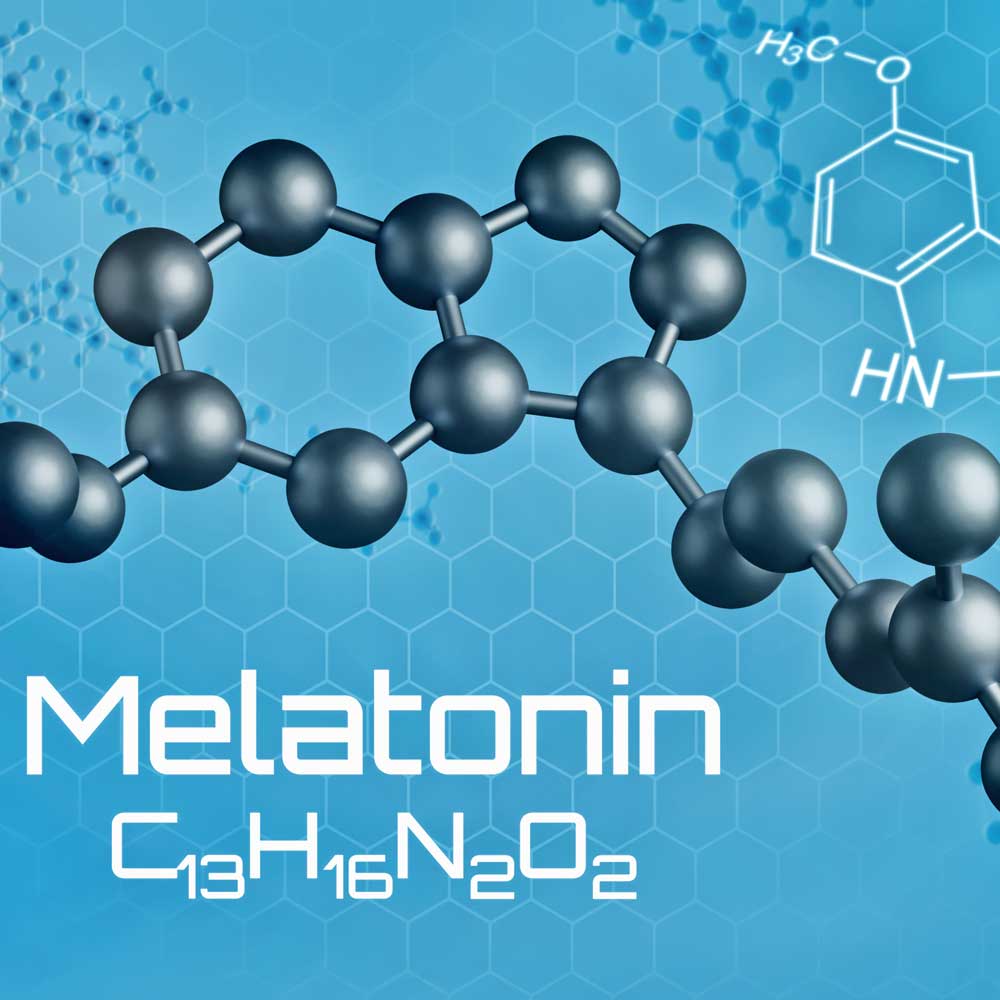Latest Facts
Medical Studies on Melatonin – Latest Facts

You want to get a fast overview on the latest research on melatonin and its multiple applications? – In this category you will find the most important studies listed separately; of course, these are also assigned to the respective subject areas.
The selection of the presented papers was made by the scientific committee of Interchron, the international forum for chronobiology, and it will be updated continuously.
Medical Studies on Melatonin – Latest Facts
To determine the effects of sleep and sleep deprivation on plasma melatonin concentrations in humans and whether these effects are age-dependent.
Melatonin is a highly conserved molecule. Its presence can be traced back to ancient photosynthetic prokaryotes. A primitive and primary function of melatonin is that it acts as a receptor-independent free radical scavenger and a broad-spectrum antioxidant.
Pineal melatonin regulates circadian rhythms and influences sleep. Melatonin also has protective actions against tissue damage from free-radicals and other toxins.
Cadmium (Cd) is a heavy metal affecting human health both through environmental and occupational exposure. There is evidence that Cd accumulates in several organs and is carcinogenic to humans.
There are functional inter-relationships between the beta cells of the endocrine pancreas and the pineal gland, where the synchronizing circadian molecule melatonin originates. The aim of this study was to elucidate a putative interaction between insulin and melatonin in diabetic patients and a diabetic rat model.
To determine if melatonin improves tinnitus and if this improvement is related to improvement in sleep.
Delayed sleep phase syndrome (DSPS) is a circadian-rhythm sleep disorder characterized by abnormally late sleep and wake times. Melatonin, taken in the evening, advances sleep and circadian phase in patients with DSPS. However, little is known about the most effective dose or time of administration. In the present study, we tested the effectiveness of melatonin to advance the timing of sleep and circadian phase in individuals with DSPS.
The present study has been designed to determine melatonin levels in type 2 diabetic patients and test the relationship between the autonomic nervous system and melatonin dynamics.
This double-blind, randomized, placebo-controlled study in epileptic children, aged 3 to 12 years, evaluated the effect of add-on melatonin on the sleep behavior of these children on sodium valproate monotherapy using a parental questionnaire.
To summarize the role of melatonin and circadian rhythms in determining optimal female reproductive physiology, especially at the peripheral level.
In addition to the well-known hormonal influences of testosterone and dihydrotestosterone on the hair cycle, melatonin has been reported to have a beneficial effect on hair growth in animals. The effect of melatonin on hair growth in humans has not been investigated so far.
Recent data suggest that melatonin may influence human physiology, including the sleep-wake cycle, in a time-dependent manner via the body’s internal clock.
In numerous experimental systems, the neurohormone melatonin has been shown to protect against oxidative stress, an effect which appears to be the result of a combination of different actions. In this study, we have investigated the possible contribution to radical scavenging by substituted kynuramines formed from melatonin via pyrrole ring cleavage.
Previously, we reported that morning bright light therapy improved sleep time and cognitive function in Alzheimer type of dementia.
This review summarizes the numerous reports that have documented the neuroprotective actions of melatonin in experimental models of ischemia/reperfusion injury (stroke).
In both permanent and transient 3-hour middle cerebral artery occlusion rat stroke models, a single intraperitoneal injection of melatonin at 5 or 15 mg/kg given before ischemia was shown to reduce infarct volume at 72 hours. The present study was conducted to examine the treatment time window when melatonin was commenced after onset of ischemia.
In this paper we review the historical milestones that first highlighted the existence of a relationship between melatonin and the immune system and we summarize data from experiments which correlate the rhythmic production of melatonin with the rhythmic activity of the immune system.
Free radicals have been implicated in the pathogenesis of neonatal sepsis and its complications.
The objective of the present study was to assess the toxicology of melatonin (10 mg), administered for 28 days to 40 volunteers randomly assigned to groups receiving either melatonin (N = 30) or placebo (N = 10) in a double-blind fashion.
Long-term melatonin administration does not alter pituitary-gonadal hormone secretion in normal men.
The role of melatonin in the regulation of reproduction in humans is still controversial. In the present study the effects of melatonin were examined, 6 mg given orally every day at 1700 h for 1 month in a double-blind, placebo controlled fashion, on the nocturnal secretory profiles of luteinizing hormone (LH), follicle stimulating hormone (FSH), testosterone and inhibin beta in six healthy adult men.